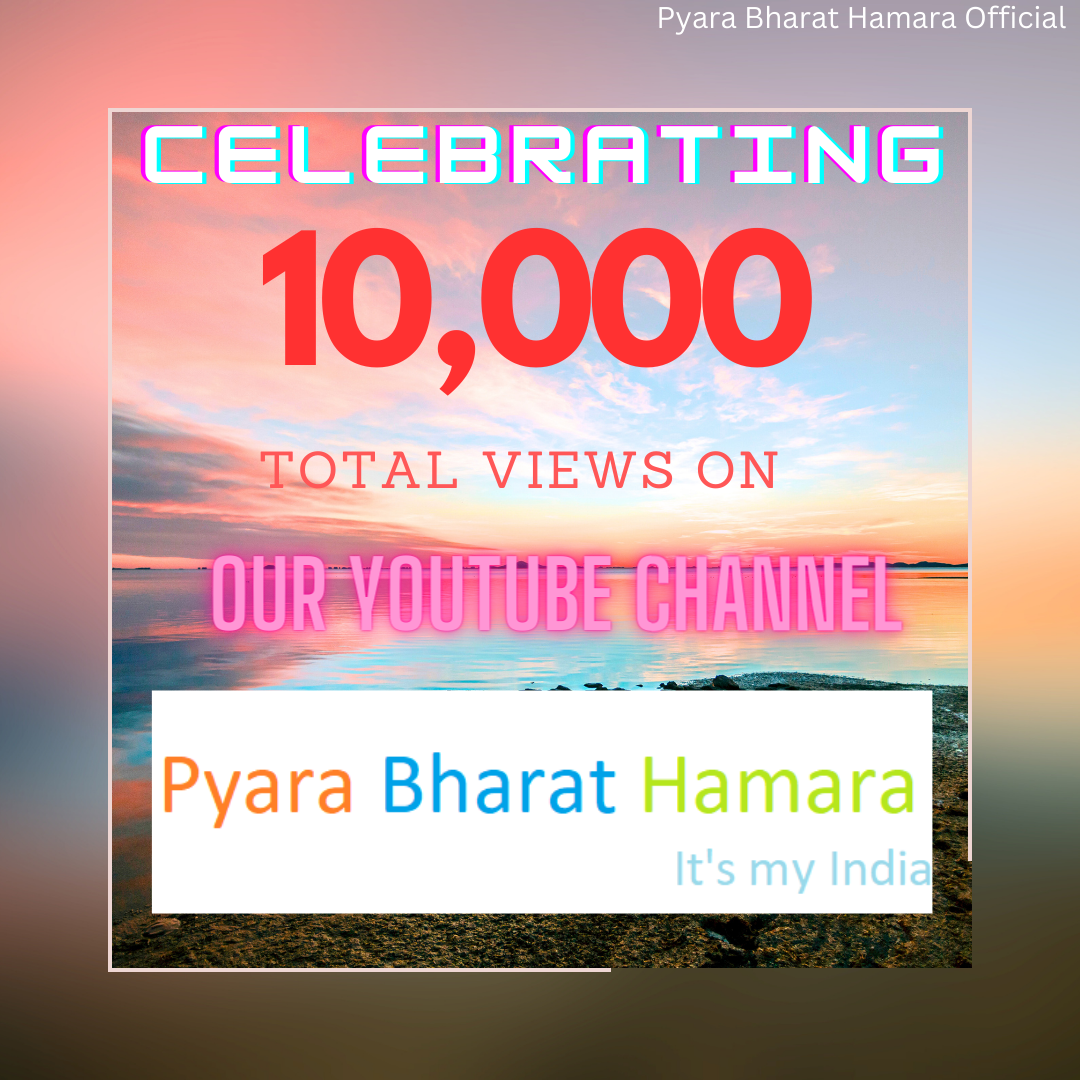

Azadi Ka Amrit Mohotsav is a competition began By Indian Government to Dedicate 75
years
of Independence.This pageant consists of quite a number competitions,
programs,rallies
&
carnivals etc.This Mahotsav is devoted to the human beings of India who have now not
only
been instrumental in bringing India for this reason a long way in its evolutionary
experience however
additionally preserve within
them the strength and workable to
allow Prime Minister Narendra Modi's imaginative and prescient of
activating
India 2.0,
fuelled by way of the spirit of Aatmanirbhar Bharat.The respectable trip of Azadi Ka
Amrit
Mahotsav commenced on twelfth March 2021 which commenced a 75-week
countdown to our 75th
anniversary of independence and will stop post
a 12
months on fifteenth August 2023. Following are the 5 topics of Azadi Ka Amrit Mahotsav:-
1.Freedom Struggle
2.Ideas@75
3.Resolve@75
4.Action@75
5.Achievements@75
Wanna learn about Har Ghar Tiranga?Click Here
Davps 39-D's(Chandigarh) Annual function was held at Tagore Theater (Sector-18 Chandigarh).It was a very nice occasion.For sure we're linking our yt video here to watch:-
Pyara Bharat Hamara is a business or you can say just a link of 3 platforms
(YouTube,Website &
Koo).It is a place where you can get information,education,
entertainment & fun content also, Read More...

According to the Flag Code of India, the national flag of India is officially characterised as follows: "India green will be the colour of the bottom panel, and India saffron (Kesari) will be the colour of the top panel. The main panel will be white and have a navy blue Ashoka Chakra pattern with 24 evenly spaced spokes at its centre." It was become the official flag of the Dominion of India on July 22, 1947, when the Constituent Assembly of India accepted it in its current form. The Republic of India continued to fly the same flag after that. The Indian national flag is usually generally referred to as the "tricolour" in India (Hindi:, Tirag). The flag's foundation on the Swaraj flag, which Pingali Venkayya created for the Indian National Congress. Less than twenty weavers in India claim to be capable of this highly unusual form of weaving. The specifications specify that there should be precisely 205 grammes per square foot, 150 threads per square centimetre, and four threads each stitch. Public waving of the paper flag is permitted for significant national, cultural, and sporting events. However, after the occasion, these paper Flags shouldn't be tossed away or left lying around. In keeping with the dignity of the Flag, it should be disposed of privately wherever feasible. Only khadi, or hand-spun cloth, may be used to make a flag, and flying a flag made of any other material is illegal and subject to fines and jail time of up to three years. Cotton, silk, and wool are the only acceptable raw materials for khadi. Khadi is used in two different ways: The first is khadi-bunting, which is the fabric that makes up the body of the flag, and the second is khadi-duck, a piece of beige fabric that fastens the flag to the pole. Unlike the two weaves used in traditional weaving, the khadi-duck uses three threads to create a single weave.

Last Updated : 06.06.2023